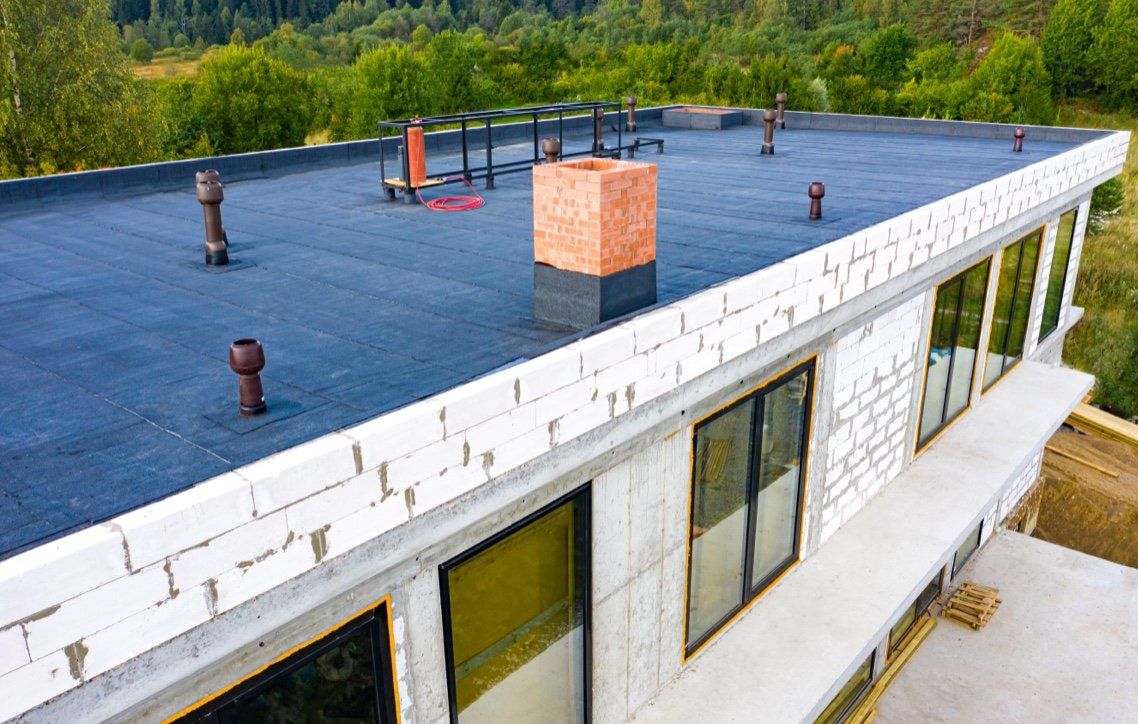The color of your roof affects more than just the look of your home—it can influence your energy efficiency and comfort. Let’s dive into the science of roof colors to determine which one is best for your climate.
How Roof Color Affects Heat Retention and Cooling
Roof color is a major factor in heat absorption. Dark roofs, such as black, absorb heat, increasing the temperature on the roof’s surface and warming your home. White roofs reflect sunlight, keeping your home cooler and easing the load on your air conditioning.
When to Choose a Light or Dark Roof: Climate Considerations
The best roof color for your home depends on your local climate conditions:
- Hot Climates: Opt for white or lighter roofs to reflect heat, lower indoor temperatures, and save on cooling costs.
- Chilly Climates: Darker roofs can help absorb sunlight, retaining warmth and reducing heating bills.
- Mild Climates: A balanced choice might involve neutral or slightly darker shades, depending on your home's insulation.
How Roof Colors Affect Energy Efficiency and the Urban Heat Island Effect
White roofs are particularly useful for combating the urban heat island effect, where cities experience higher temperatures due to the prevalence of dark roofs and surfaces. These roofs help lower city temperatures and reduce overall energy use.
Expert Tips from Weathercraft on Selecting Roof Colors
Here are some key factors to consider when choosing your roof color:
- Climate Considerations: Consider your region's typical weather to select the most effective roof color.
- Material Durability: Check that your roofing material is compatible with the selected color.
- Home Aesthetic: Consider how the roof color will blend with your home’s exterior for a harmonious appearance.
- Cost-Effectiveness: Weigh the initial cost against future savings on energy bills.
Weathercraft’s experts are here to help you select the best roof color and material for your home and budget.
